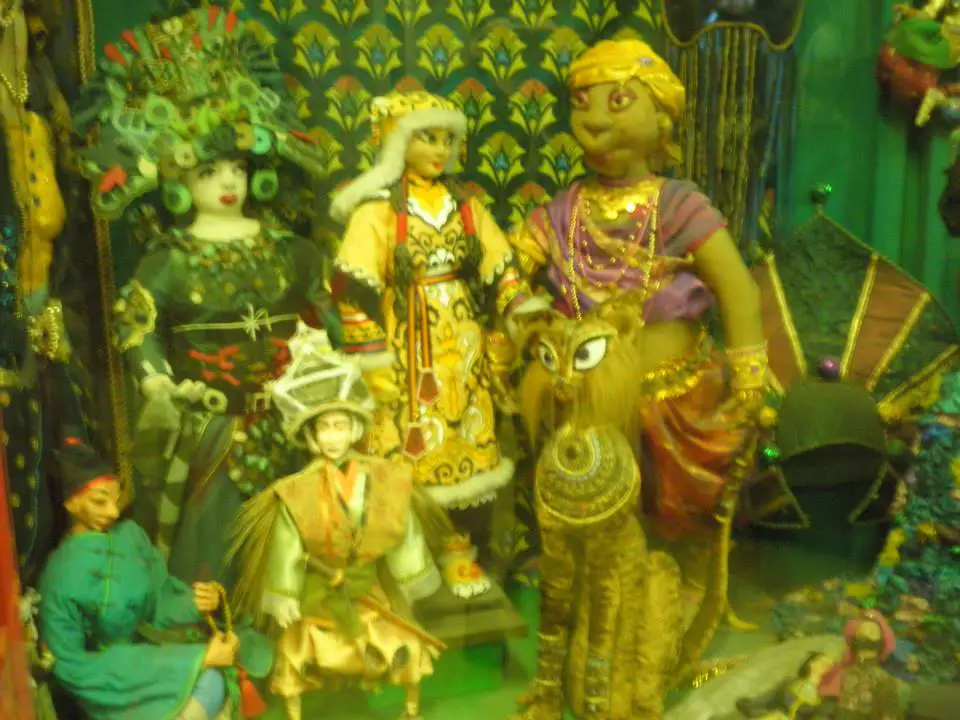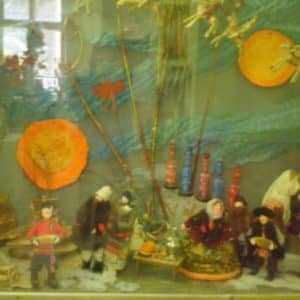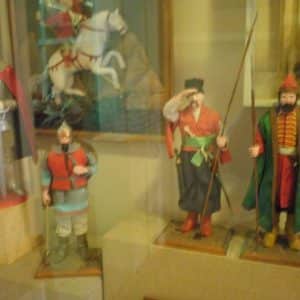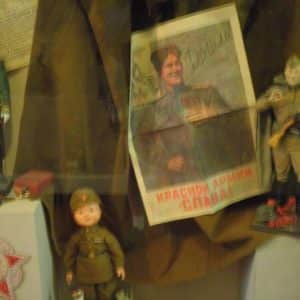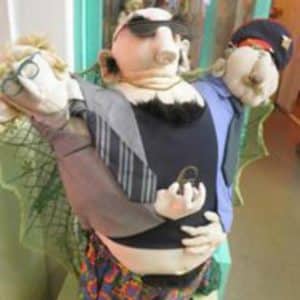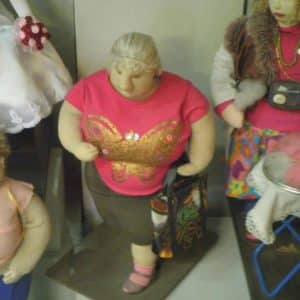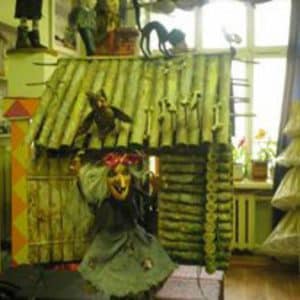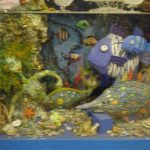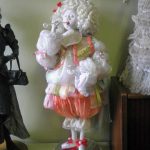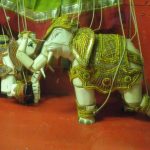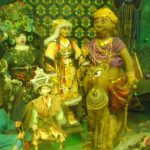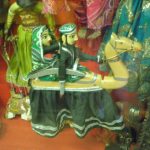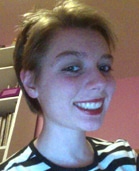The Petersburg Musuem of Dolls/ Петербургский музей кукол
ул.Камская , 8
Open from 10.00-18.00
Price: 150 rubles for students
Museumdolls.ru
I consider myself a bit of a kid at heart; therefore, when I first heard about the Petersburg Museum of Dolls, I jumped at the opportunity to visit it. I was so enchanted by its colorful, whimsical atmosphere that I decided to dedicate this blog post to my adventure there.
According to the museum’s official website, the Petersburg Doll Museum was founded in 1998, aided by the “scientific and methodological supervision of the Russian Ethnographic Museum.” The Petersburg Doll Museum has the distinction of being one of the first non-state run museum in post-Soviet Russia, and what began as a few private collections has expanded into 8 permanent exhibition halls and various traveling exhibits featuring a variety of dolls and puppets.
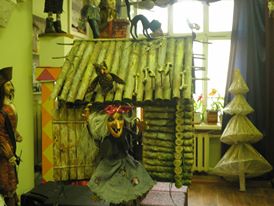
From the exterior, the museum, a plain, slightly worn-down yellow building, looks unremarkable. The interior, however, immerses you into a dreamscape, filled with fantastic dolls and puppets of all varieties. The wings feature various themes and displays, such as the “Enchanted Forest” inhabited by phoenixes, owls, and nymphs, and the “Fairy Tale” hall teeming with mermaids, elves, and other magical creatures. The museum also features a gorgeous array of international dolls, such as Spanish flamenco dancers, Italian Carnival-ers, French dolls with enormous white bouffants, Indian deities, and Persian marionettes of camels and shahs.

However, I feel that the museum’s strongest suit is its emphasis on Russian culture. The historical section ranges from Muscovite defenders, Peter the Great’s naval fleet, replications of various tsars, and Red Army soldiers. As for contemporary Russia, dolls stylized after social trends (i.e. punks) are on display, though I was most intrigued by the “Snake of new Russia.” The snake, a three-headed hydra based off of a traditional Russian mythological character, featured the heads of a businessman, a mafia thug, and a police officer. I found this an amusing if controversial blending of old Russian fairy tales and modern times in the country.
In addition, the museum strongly emphasizes Slavic folk traditions and fairy tales. Throughout the museum, I saw dozens of allusions to Russian fairy tales, including Baba Yaga, the Magic Fish, and many others. The museum also bases some exhibits on Russian and Pan-Slavic traditions, which include pagan gods weaved from straw and dioramas of colorful folk celebrations (i.e. Maslenitsa). These displays educate observers on the rich, vibrant traditions of Russian folk life, helping us to further appreciate these pastoral customs and beliefs of yore.
In short, the museum emphasizes that dolls are not merely lighthearted children’s playthings. They may represent such complex cultural aspects as fairy tales, historical epochs, political and social commentary, and traditional beliefs, making them important anthropological tools. Therefore, I recommend a visit to the Petersburg Museum of Dolls, as you will better understand and appreciate rich Russian and global cultural traditions through this reflection in material culture.


